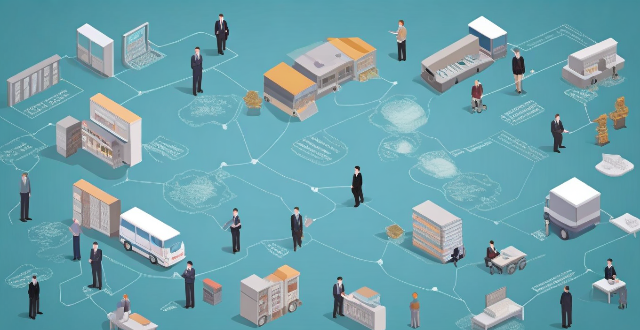The challenges in creating and enforcing climate policies are multifaceted, involving political, economic, technological, social, legal, international, adaptation, and information-related dimensions. Balancing environmental priorities with other policy areas, navigating economic implications like job displacement and transition costs, developing the necessary technology and infrastructure, gaining public acceptance, establishing effective legal frameworks, fostering international cooperation, planning for resilience and adaptation, and ensuring access to reliable data are all critical considerations. These factors often intersect and compound the complexity of crafting and implementing effective climate policies.

Challenges in Creating and Enforcing Climate Policies
1. Political Will and Leadership
- Balancing Priorities: Governments often have to balance environmental concerns with economic growth, social welfare, and other policy areas.
- Electoral Considerations: Political leaders may hesitate to support unpopular climate measures that could impact their re-election chances.
- Interparty Cooperation: Broad political consensus is required, but climate policies can be partisan issues.
2. Economic Implications
- Cost of Transition: The shift towards a low-carbon economy can be expensive for industries, governments, and consumers.
- Job Displacement: Policies may lead to job losses in high-emitting sectors without adequate replacement opportunities.
- International Trade: Carbon-intensive industries may relocate to countries with laxer climate policies, affecting domestic employment.
3. Technology and Infrastructure
- Advanced Technology Needed: Countries require access to clean technologies that are often patented and costly.
- Infrastructure Investment: Significant investment is needed to build renewable energy plants, improve public transport, etc.
- Skills Gap: There might be a lack of expertise to develop, implement, and maintain green technologies.
4. Social Acceptance and Participation
- Public Awareness: Lack of understanding about climate change can lead to resistance against policies.
- Cultural Practices: Certain cultural practices may conflict with proposed climate actions.
- Community Engagement: Engaging communities in policy design can help increase acceptance but requires time and resources.
5. Legal and Regulatory Frameworks
- Existing Laws: Modifying existing regulations to include climate goals can face legal challenges.
- Enforcement Mechanisms: Effective enforcement requires robust institutions, which may need to be built from scratch.
- Justice and Equity: Legal frameworks must ensure that climate actions do not disproportionately affect vulnerable populations.
6. International Cooperation
- Global Nature of the Issue: Climate change is a global problem requiring international cooperation.
- Differing National Interests: Countries have different priorities, making it hard to find a common ground.
- Compliance and Accountability: International agreements require mechanisms to ensure compliance and address non-compliance.
7. Adaptation and Resilience
- Vulnerable Areas: Some regions are more susceptible to climate impacts, necessitating specific adaptation strategies.
- Long-term Planning: Building resilience requires foresight and planning for future climate scenarios.
- Financing Adaptation: There's often less funding available for adaptation compared to mitigation efforts.
8. Information and Data
- Reliable Data: Accurate data on emissions, impacts, and progress is crucial for policymaking.
- Transparency: Transparent reporting helps in tracking progress and building trust among stakeholders.
- Science and Research: Continuous research is needed to inform policies based on the latest climate science.